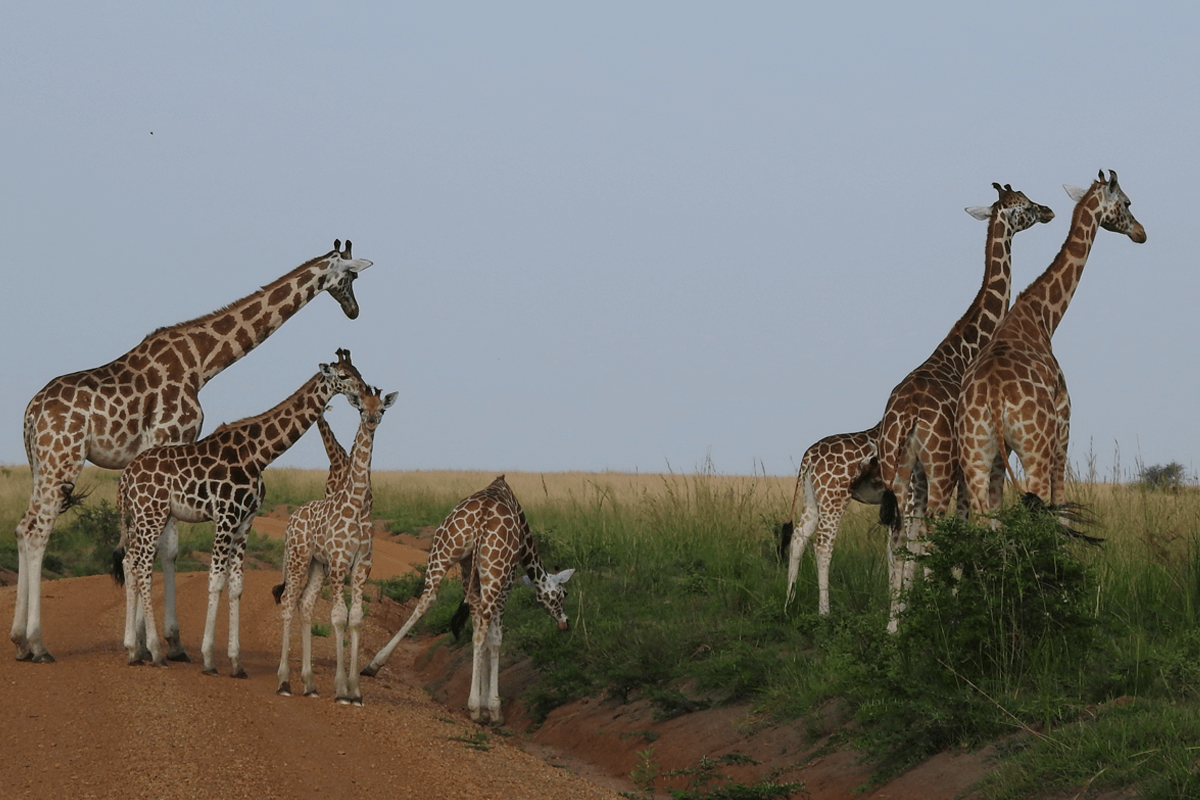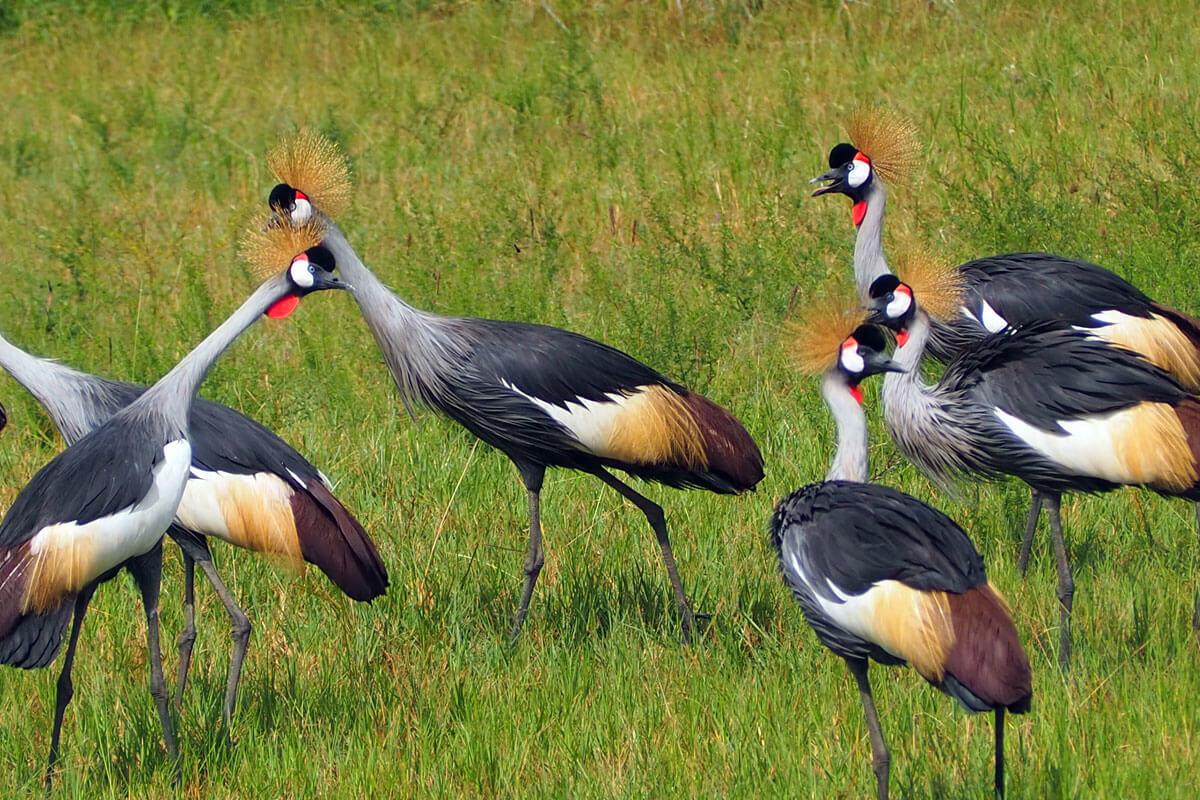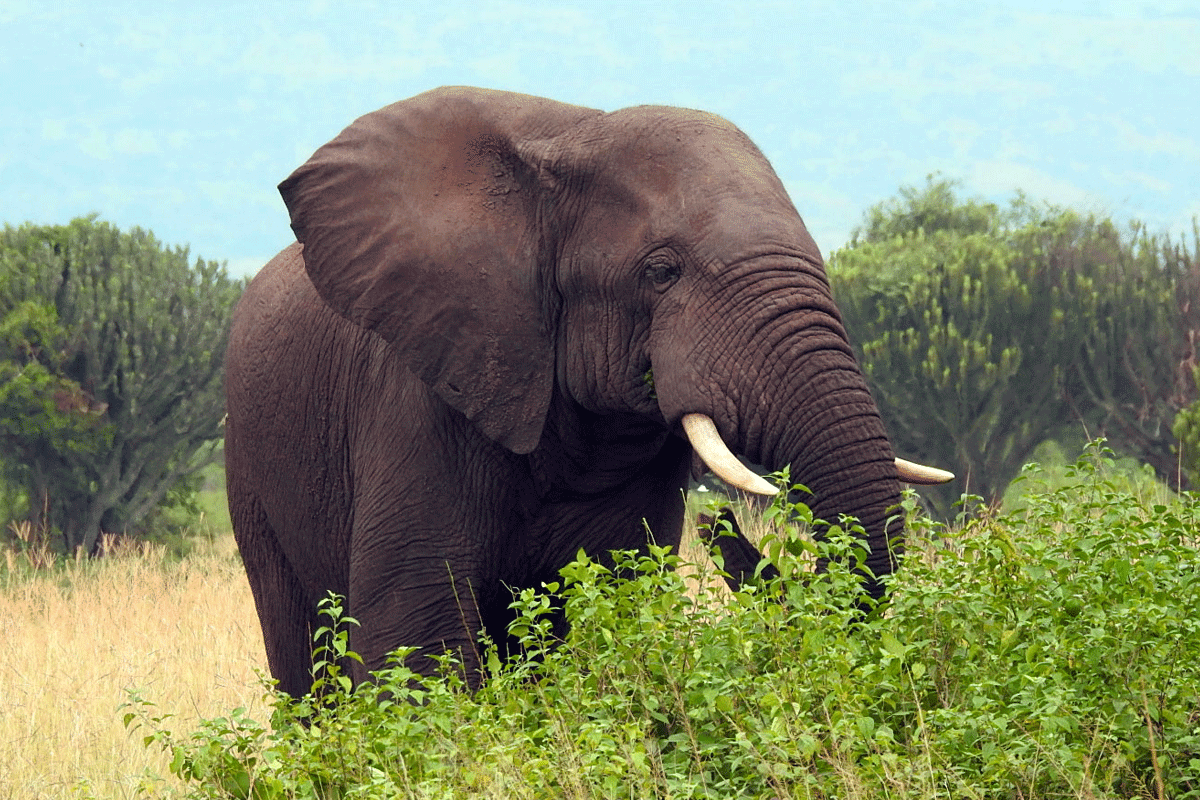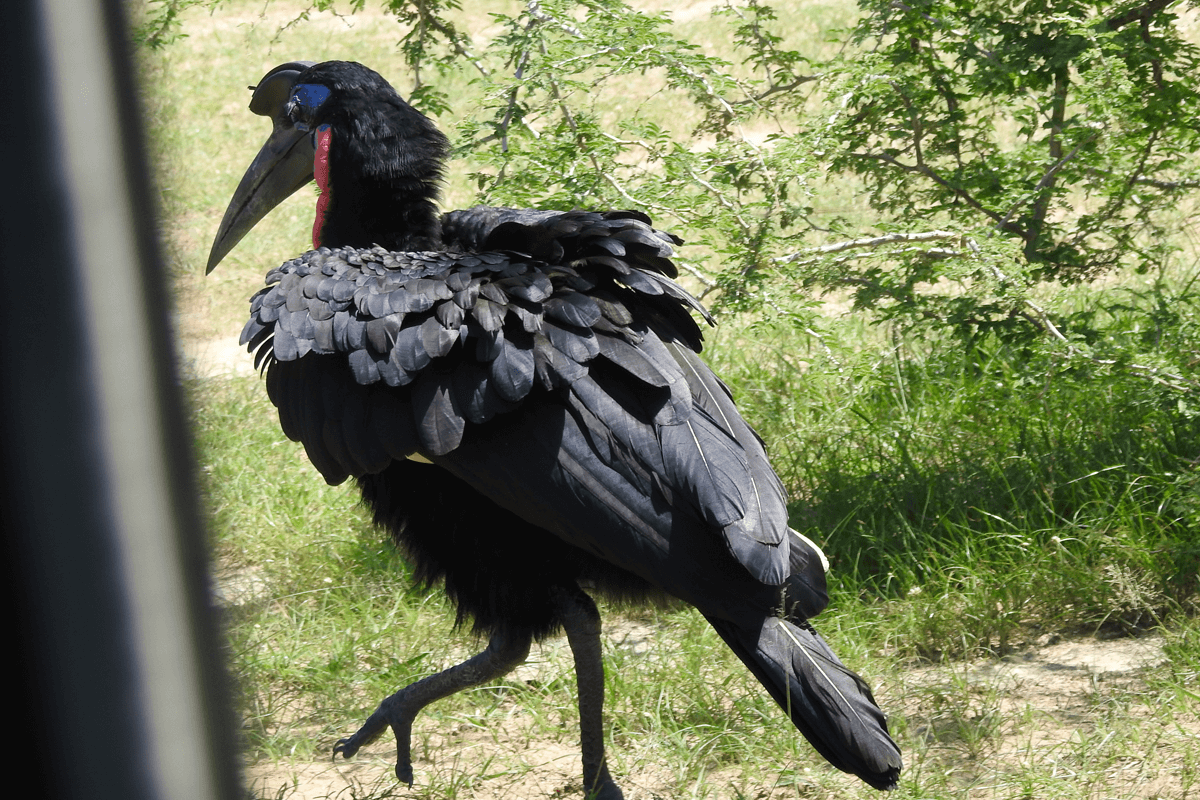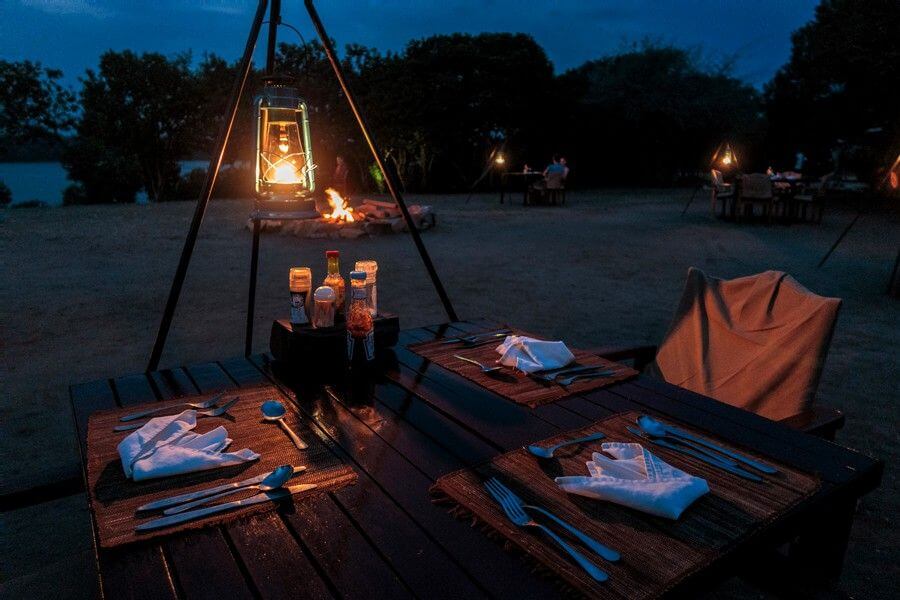Murchison Falls National Park (MFNP) lies at the northern end of the Albertine Rift Valley, where the sweeping Bunyoro escarpment tumbles into vast, palm-dotted savannah. The park is bisected by the Victoria Nile, which plunges 45m over the remnant rift valley wall, creating the dramatic Murchison Falls, the final event in an 80km stretch of rapids.
The park lies in northwestern Uganda, spreading inland from the shore of Lake Albert around the Victoria Nile. The park is situated approximately 300 kilometers, by road, northwest of Kampala, Uganda’s capital city.
First gazetted as a game reserve in 1926, it is Uganda’s largest and oldest conservation area, hosting 76 species of mammals and 451 birds.
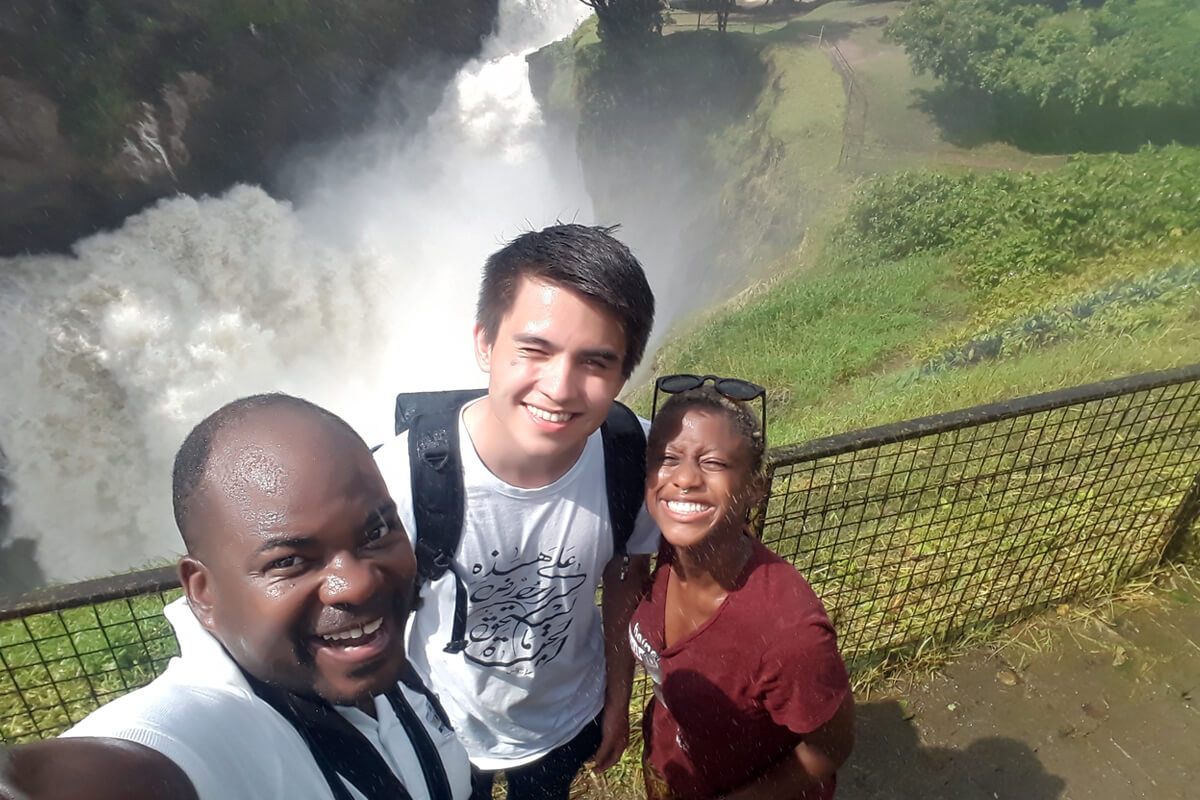
The Murchison Falls also referred to as the Kabalega Falls, is a waterfall found on the course of the great Nile. The waters of the Nile force their way through a small slit within the rocks, which is just 7 meters or 23 feet wide, and topples to 43 meters or 141 feet below with a thunderous roar forming a residual water stray that forms a beautiful rainbow; the view is very breathtaking! From here it then continues its westward into the stunning Lake Albert.
This stretch of river provides one of Uganda’s most remarkable wildlife spectacles. Regular visitors to the riverbanks include elephants, giraffes, and buffaloes; while hippos, Nile crocodiles, and aquatic birds are permanent residents.
Notable visitors to the park include Winston Churchill, Theodore Roosevelt, Ernest Hemingway, and several British royals. Murchison Falls was also the shooting scene for the movie African Queen with Catherine Hepburn.
The climate in the park is tropical and hot. Being close to the equator, temperatures are quite uniform throughout the year.
WILDLIFE
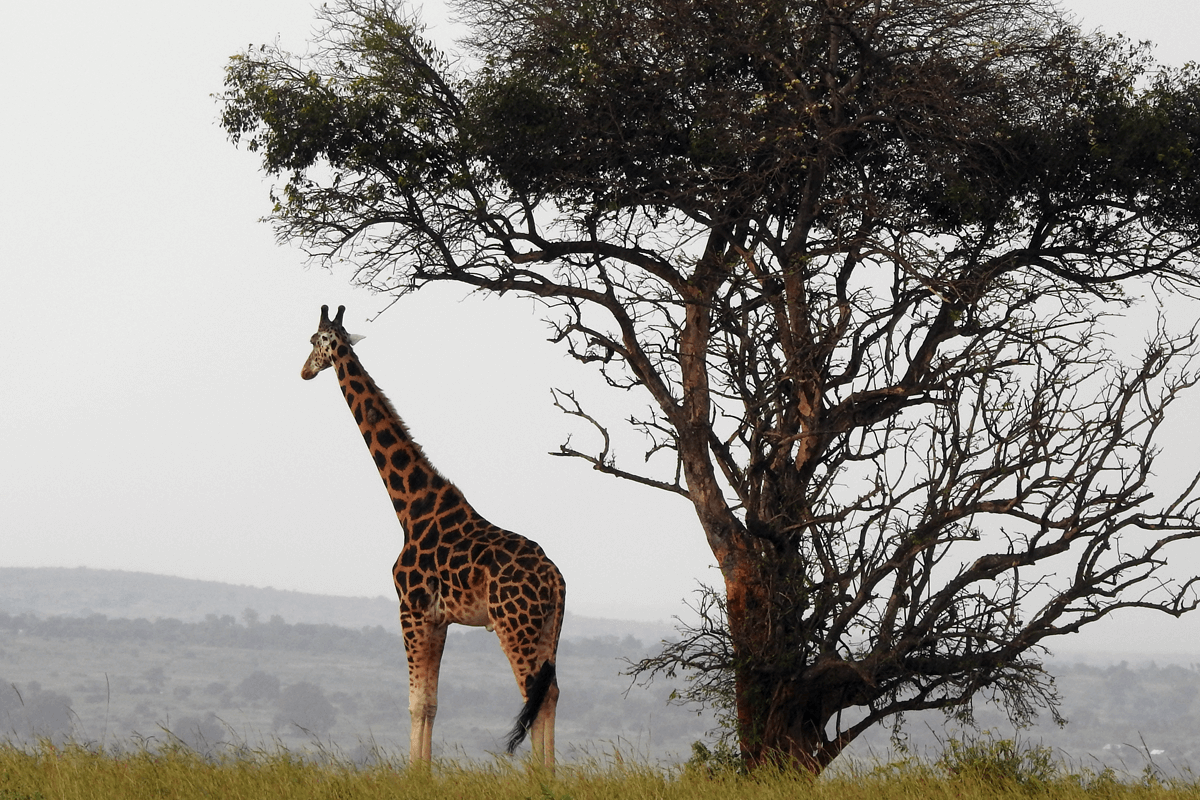
The park is home to 76 species of mammals including four of the “Big Five”, huge herds of buffaloes and elephants, well-camouflaged leopards, and a healthy population of lions.
It is also known for its giraffes; in Uganda, these can only be viewed here, in Lake Mburo and in Kidepo Valley National Park.
Other species viewed regularly along the game tracks include Jackson’s hartebeest, bushbucks, Uganda kob, waterbucks, and warthogs. Resident crocodiles and hippos as well as other, visiting wildlife are found along the river.
The Victoria Nile is a magnet for wildlife and it teems with crocodiles and hippos. Chimpanzees can be tracked in the neighbouring Budongo Forest Reserve. Large herds of the localized Rothschild’s giraffe are found in the park.
Olive baboons are common along the roadsides– be sure to keep car windows and doors shut if you don’t want to lose your lunch! Blue and red-tailed monkeys and black-and-white colobus can be found in the forested sectors. The savannah-dwelling patas monkey is only found here and in Kidepo Valley National Park. Around 800 chimpanzees live in the Kaniyo Pabidi and Budongo Forests.
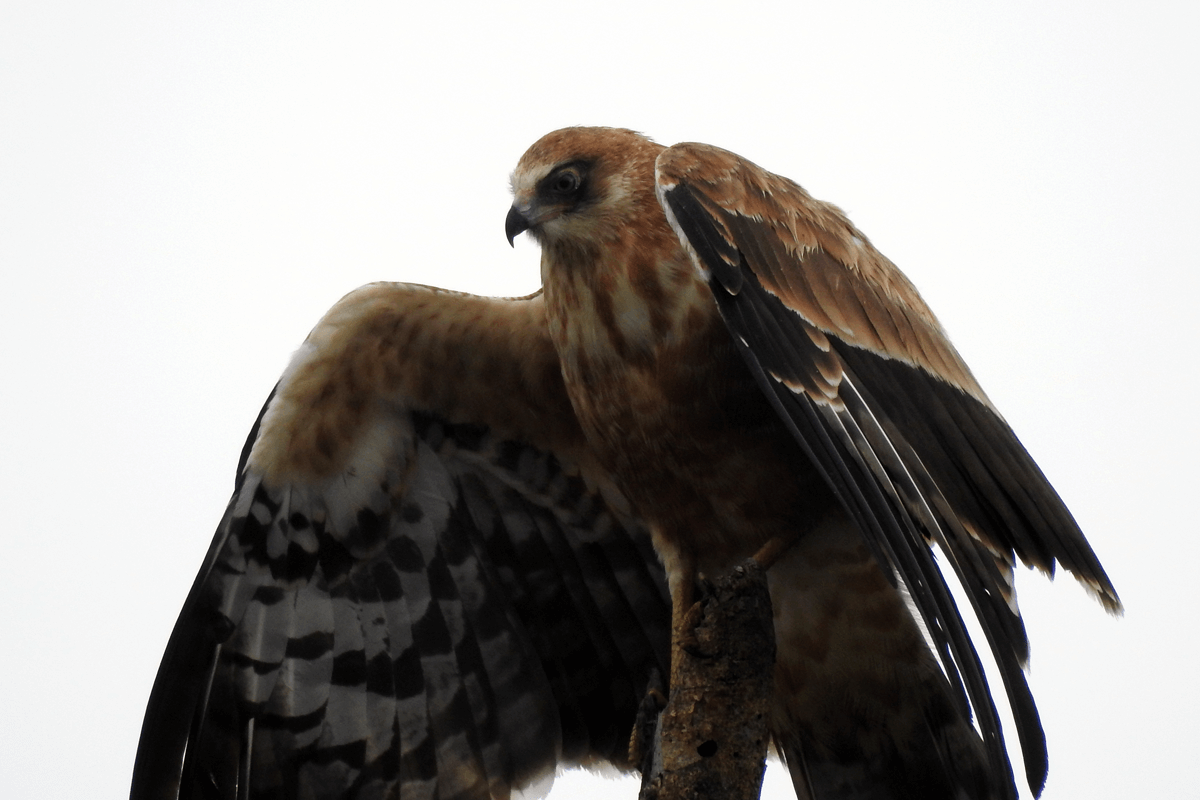
BIRDING
The park’s impressive checklist contains more than 450 bird species, and with 53 species recorded, raptors are also very well represented. The boat trip on the Victoria Nile is a great start for many water-associated birds.
Migratory birds are present from November to April.
The list includes the Shoebill Stork, the Goliath Heron (the largest heron in the world), and pairs of elegant Grey Crowned Cranes, Uganda’s national bird. MFNP is one of the best places in Africa to find the shoebill stork.
Also seen along the banks of the Nile are the Blue-headed Coucal, Swamp Flycatcher, Squacco Heron, African Jacana, Sandpipers, Denham’s Bustard, Abyssinian Ground-Hornbill, Black-billed Barbet, Black-headed Gonolek, Eastern Grey Plantain-eater, Piapiac, Silverbird, Weaver Birds, Pied, Giant and Malachite Kingfishers, Red-throated Bee-eater, White-browed Sparrow Weaver, Speckle-fronted Weaver, and African Quail-Finch.
PARK AMENITIES
Tourists can visit the park any time throughout the year, although conditions in the park are more difficult during the rainy season. It is usually advisable to use 4×4 vehicles. Available tourist accommodation includes 6 luxury lodges and camping facilities for alternative budget accommodation.
ACTIVITIES IN THE PARK
The major tourist activities in the park include game viewing typically around the delta circuit, chimpanzee tracking in the Budongo Forest, Launch cruise along the Nile to the bottom of the falls rewards you with sights of a diversity of bird species as well as wildlife, and there is also an interesting walk to the top of the falls.
Game Drives
A game drive around the Buligi game tracks on the northern bank with a trained ranger guide is a fantastic way to see and photograph the wide range of animals in the Nile Valley.
Visitors will marvel at herds of buffalos, dozens of elephants, warthogs, and towering giraffes, along with bushbucks, reedbuck, duikers, kobs, oribi, and the unusual-looking hartebeest. Your guide will have a good idea of where the lions are hiding, and you may even spot a leopard at dusk!
Birding
Both the game drives and the launch trips offer an opportunity for one to come across distinct birdlife, including savannah forest birds, water birds, and Albertine Rift endemics.
The commonest species found in the plains include the Marabou Stork, Abyssinian Ground Hornbill, Secretary Birds, Black-bellied Bustards, Open-billed Storks, and Widow Birds. The park’s main birding attraction is the Shoebill, best sighted in the dry season from January to March.
Cultural Encounters: Energetic dancers from Mubako perform around lodge campfires, making for a magical African experience at dusk. Boomu Women’s Group offers accommodation, a craft shop, and village tours, revealing the realities of life in this rural community.
Hiking and Nature Walk: The vast landscapes and varied scenery of Murchison Falls National Park and the surrounding Conservation Area can be explored on foot. Trails through Kaniyo Pabidi and Rabongo Forests provide sightings of many primates and birds, while around the Nile-Lake Albert Delta, two- to four-hour guided swamp walks offer possible sightings of the Shoebill when the water level is low.
After an afternoon boating upriver, you can also hike 45 minutes through woodland to the top of Murchison Falls for a completely different experience of this magnificent waterfall.
Balloon safaris: Enjoy the unique experience of flying in a hot air balloon. Bookings are made in advance.
POPULAR DESTINATIONS IN THE PARK
Murchison Falls
Murchison Falls is characterized by an eternal war between rock and water. The waters violently compress through a narrow gorge, spraying misty droplets along their wake over a 50m radius. This creates a permanent rainbow over the battlefield and causes a continuous roar.
From Baker Point on the southern side, you can also view the Nile splitting into the smaller Uhuru Falls, created in 1962 when the river burst its banks.
River Nile
The Murchison has a magnificent view once on a Nile cruise, it enables you to see nature its natural setting, and the animals resting on the shores of the lake. The boat has a fixed time and that is 09.00 and 14.00 every day. It’s a three-hour ride around the lake.
Besides the cruise, there is another boat trip that you will take you around from Paraa to Papyrus Delta to up to Lake Albert. It’s for 4-5 hours.
Nile-Lake Albert Delta
This wide, calm stretch of water, where the tranquil Victoria Nile flows into Lake Albert, is a key area for bird watchers. Its papyrus-lined banks are bursting with birdlife, including Goliath Herons, Great Egrets, and African Fish Eagles. The most sought-after species here is the rare Shoebill.
Buligi Game Tracks
The Buligi game tracks, stretching between the Victoria and Albert Niles, are the Murchison Falls National Park’s most popular safari destination. At around 120-170km in length, they pass through open savannah grassland, woodland, acacia, and riverine vegetation.
Most of the park’s game can be viewed here, especially during early morning and early evening tours.
Paraa
Paraa, meaning home of the hippo in the Luo language, is the park’s tourism hub. All the park’s access roads converge here as the northern and southern banks are linked by a passenger ferry, and several accommodations are located nearby.
Additionally, a museum and gift shop can be found on the north bank, and most game drives, launch trips, and nature walk commence here.
Karuma Falls
The Karuma Falls are located in Chobe, in the north-eastern sector of the park. These roaring waterfalls on the Victoria Nile are made up of a series of natural rock formations that cause the waters to ripple and give them a white, foamy appearance.
They are among the most impressive and leading tourist attractions in Uganda. It is an ideal area for sport fishing.
Kaniyo Pabidi Forest
In the south of the Murchison Falls Conservation Area, this forest ecosystem contains black-and-white colobus and blue monkeys, olive baboons, and a habituated chimp group that can be tracked. Elephants, buffalos, lions, and leopards are also frequent visitors.
Many forest birds can be viewed here, including the chocolate-backed kingfisher, white-thighed hornbill, and Puvel’s illadopsis which is found nowhere else in East Africa. Kaniyo Pabidi has a campsite, cottage accommodation, forest walks, and excellent bird watching.
Rabongo Forest
Surrounded by savanna and covering just 4 km2, Rabongo Forest is considered a birders’ paradise because of the endangered species found here. Rabongo is ideal for educational tours as it provides opportunities to identify animals, birds, medicinal plants, and trees.
For relaxation, visitors can camp and enjoy picnics by the Wairingo River.
Budongo Forest
Budongo Forest, which is contiguous with the Kaniyo Pabidi Forest, lies southwest of the Murchison Falls Conservation Area. In addition to being the biggest Mahogany forest in all of East Africa, Budongo is astonishingly biodiverse, with 24 mammal species, over 360 birds, 289 butterflies, and 465 plants.
All the forest’s tree species are on display along the “Royal Mile”, a beautiful stretch of road highly regarded for its bird watching. Budongo is also known for its primate population, which includes around 800 chimpanzees.
Forest walks are possible at Busingiro Ecotourism Site on the Masindi-Bugungu route to Murchison Falls National Park.

